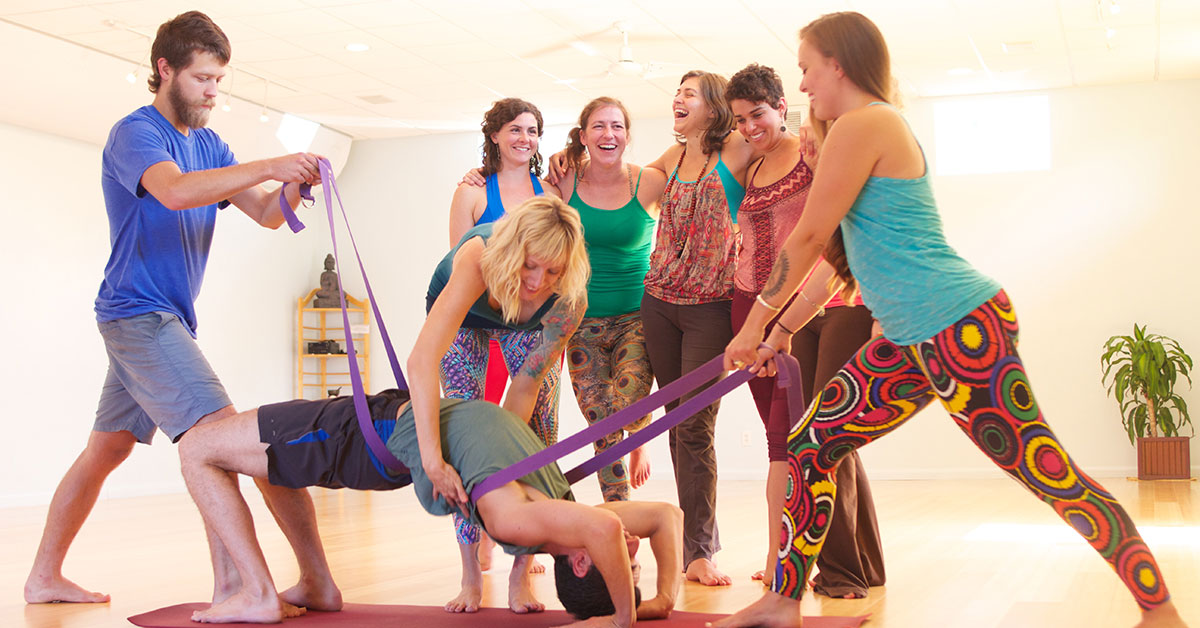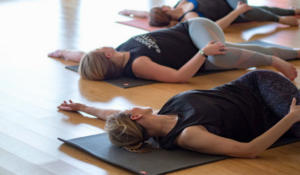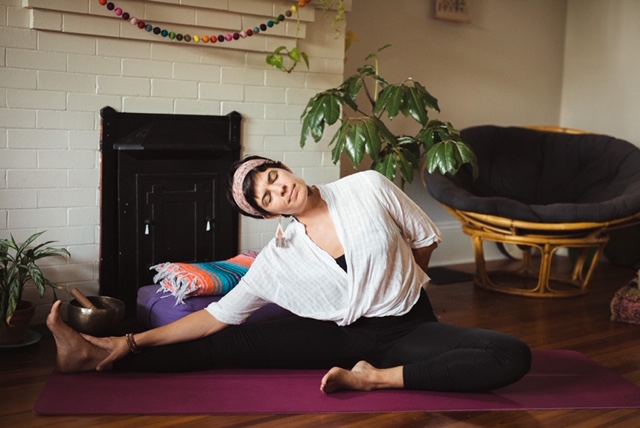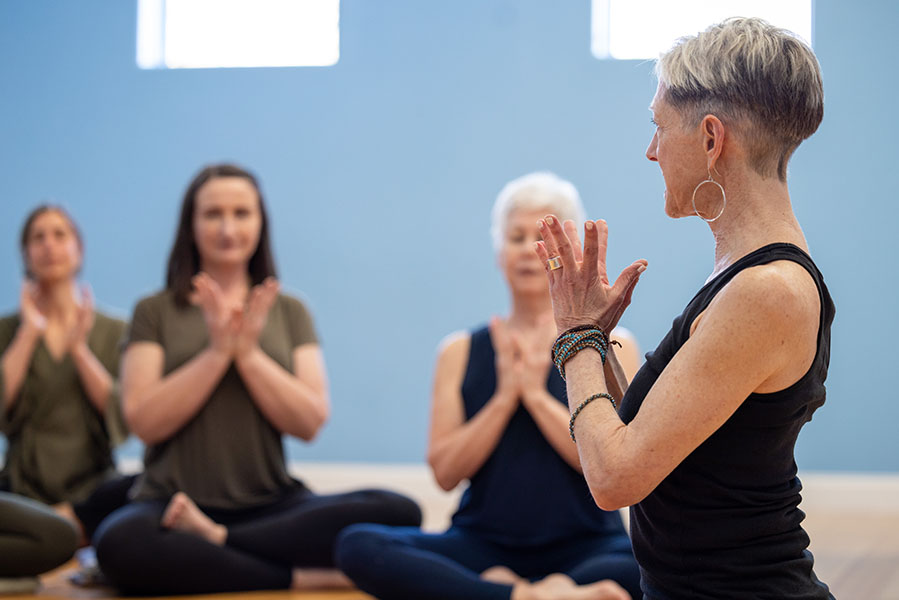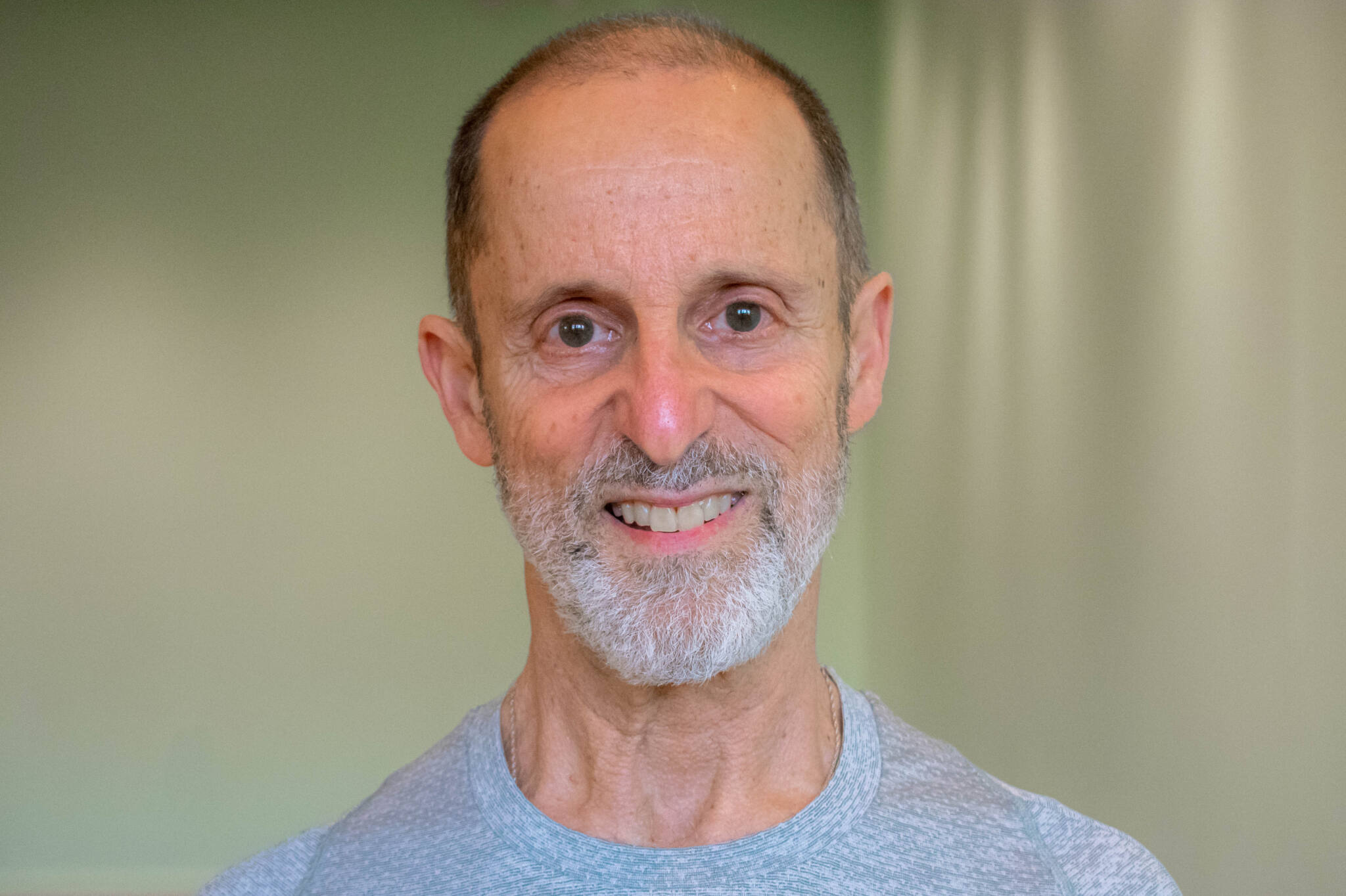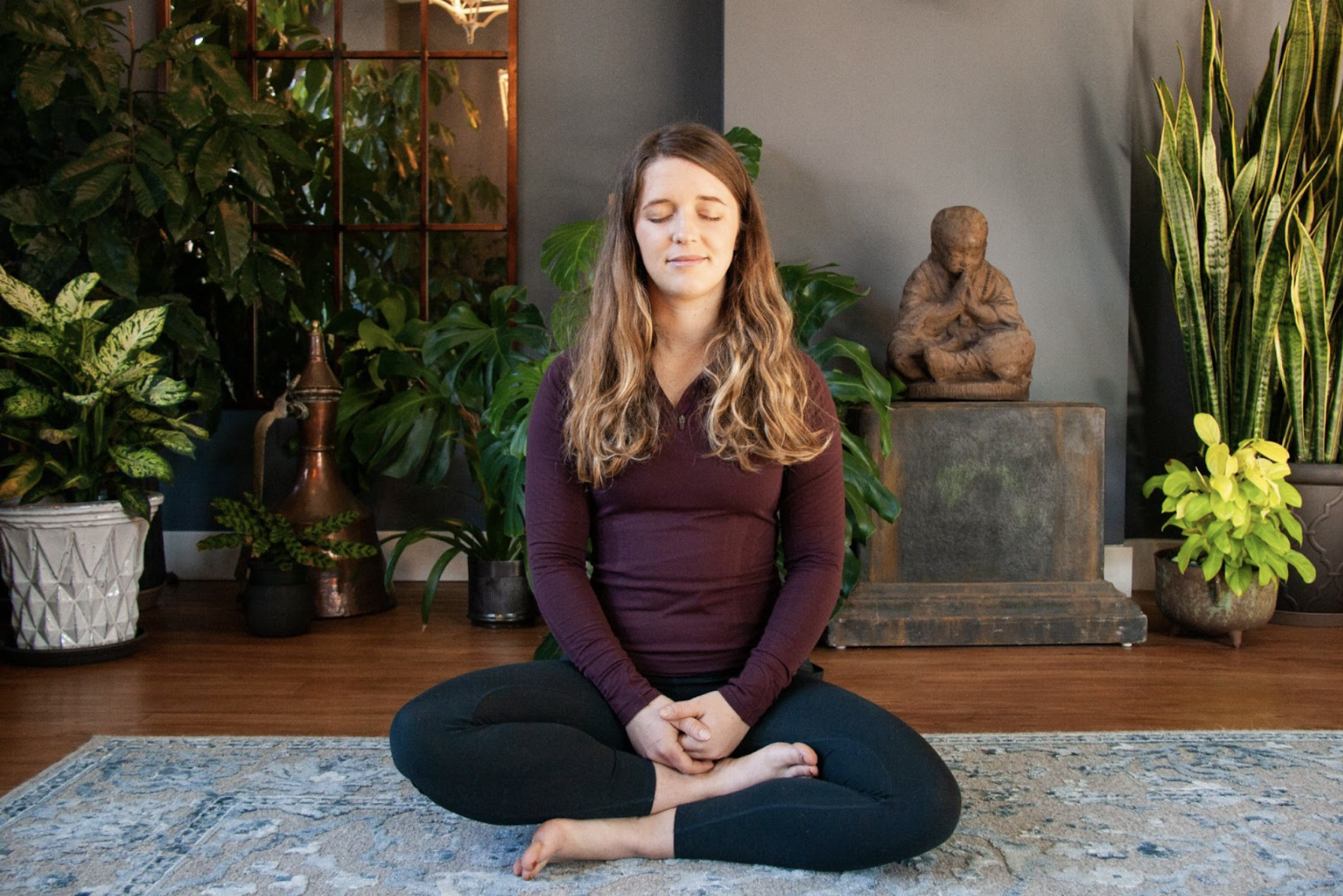What Yoga Teacher Certification Means
Do you really need yoga teacher certification to teach a yoga class? Why does that “RYT” suffix matter? Hasn’t it been said that anyone can teach yoga? Why go through the bother of graduating from a costly and time-consuming certified yoga teacher training program? Can’t you just learn the poses well enough to teach them?
These are all good questions, but before we delve into the answers, let’s examine the different yoga certifications to understand what they mean.
Yoga Teacher Certification
Just as a medical doctor earns an “MD” to show the world that he or she has graduated from an intensive program designed to prepare the doctor to practice medicine, a yoga teacher must graduate from an intensive program to teach yoga to the general public. Much like how the American Medical Association oversees the standards for a Doctorate of Medicine (MD), the Yoga Alliance maintains the minimum standards required for yoga teachers.
Related: Information on Yoga Alliance Certification
Yoga Alliance is a nonprofit entity that keeps track of registered yoga teachers (RYTs) and registered schools (RYSs). That RYT title means that a teacher has completed a serious program and been deemed fit to teach a yoga class. To earn an RYT certificate, you have to study five areas:
- Yoga techniques and postures (the practice)
- Yoga philosophy, history and lifestyle
- Human anatomy, physiology and psychology
- Methods of teaching yoga
- Practical teaching training (in front of a class)
A yoga instructor with an RYT certificate has been trained sufficiently to lead a class. Just as you wouldn’t see a doctor without an MD, you shouldn’t take classes from a teacher without an RYT.
A Numbers Game
There are two primary designations awarded by Yoga Alliance: RYT-200 and RYT-500. The differences have to do with the number of hours of training. There are two ways to earn a 500-hour certification. The first is to attend a RYS-500 school and complete all of the training there. The second, and more popular option, is to first earn the RYT-200 certification by completing 200 hours of classroom training. After you complete the 200-hour certification, you can move on to a 300-Hour RYT program, which is a further level of instruction that enables you to explore more complex techniques and mastery. The hours from 200- and 300-Hour RYT programs combine to achieve the 500-Hour RYT certification.
There is an additional designation available that helps differentiate experienced teachers from recent grads. A registered yoga instructor with an E-RYT-200 title has over 1,000 hours teaching experience that has been officially recognized by Yoga Alliance.
Is Certification Required?
Legally, you do not need a 200-Hour RYT certificate to teach a yoga class, although many yoga studios require their instructors to have one. Since yoga certification was only recently established — yoga organizations began the work in the late 1990s — many of the most renowned yoga teachers are not certified.
Chances are, however, that you are not among them, so it behooves you to attend a recognized program, such as the ones offered by the Asheville Yoga Center, to earn an RYT certification. The more training you receive, the better you are able to lead a yoga class and communicate its intricacies, and the more likely you are to work at an accredited yoga studio.
So, to return to the questions at the beginning of this article, it is true that anyone can teach a yoga class, but we recommend earning your certification from a recognized RYS. Yoga teacher certification does matter.
For more information about Yoga Alliance, visit their website.
Frequently Asked Questions
Do I need certification to teach yoga?
While certification isn’t legally required to teach yoga in most places, completing a recognized training—such as a 200-hour program—builds the strong foundation you need to teach safely, skillfully, and authentically. Certification also helps you gain credibility with studios, students, and professional organizations like Yoga Alliance.
What is the highest level of yoga certification?
The highest standard for many yoga teachers is the E-RYT 500 designation—an Experienced Registered Yoga Teacher who has completed a 500-hour training (200-hour + 300-hour) and has logged significant teaching experience. However, yoga is a lifelong journey, and the truest “highest level” is measured by your dedication, integrity, and ongoing growth as a student and teacher.
What qualifications do I need to be a yoga teacher?
To begin teaching, most studios and organizations look for a 200-hour yoga teacher training (YTT) certification from a registered school. Beyond that, a passion for learning, a commitment to personal practice, and a heart-centered approach to sharing yoga are equally important qualifications. At Asheville Yoga Center, we believe it’s about embodying the practice both on and off the mat.
Which certificate is best for yoga teachers?
A 200-hour Yoga Teacher Training certificate from a Yoga Alliance-registered school is widely considered the best first step. It ensures your training meets global standards and prepares you to teach with confidence. From there, a 300-hour advanced training deepens your knowledge and skill, opening even more doors for specialization and growth.
What is the difference between RYT and YTT?
YTT stands for Yoga Teacher Training—the actual program you complete.
RYT stands for Registered Yoga Teacher—a credential you can earn after completing your training and registering with Yoga Alliance. Think of YTT as the education, and RYT as the professional designation that follows.
What’s the difference between 200-hour and 300-hour certification?
A 200-hour certification is the foundation, covering essential teachings like yoga philosophy, anatomy, asana, and teaching methodology.
A 300-hour certification is an advanced program that builds upon that foundation, offering deeper study, refinement of your teaching skills, and specialized training areas. Together, they total 500 hours of training, often required for more advanced teaching roles.
Is Yoga Alliance certification important?
Yoga Alliance certification is not legally required, but it is highly valued. Being a Yoga Alliance Registered Yoga Teacher (RYT) shows that you have completed training that meets industry standards. It can make it easier to find teaching opportunities, build trust with students, and be part of a larger professional community.
How long does it take to get certified as a yoga teacher?
It depends on the format! Some 200-hour programs are immersive, lasting about a month (like our 4-week immersion), while others are spread out over several months in a weekend format. Both options allow you to move at a pace that supports deep learning and integration.
Can I teach yoga online after getting certified?
Yes, absolutely! Many certified teachers offer online classes, workshops, and private sessions. Your certification prepares you to teach in-person or virtually, giving you the flexibility to share yoga with a global community. At Asheville Yoga Center, we encourage our graduates to follow the path that feels most aligned—whether it’s in a studio, a living room, or across the world via Zoom.
